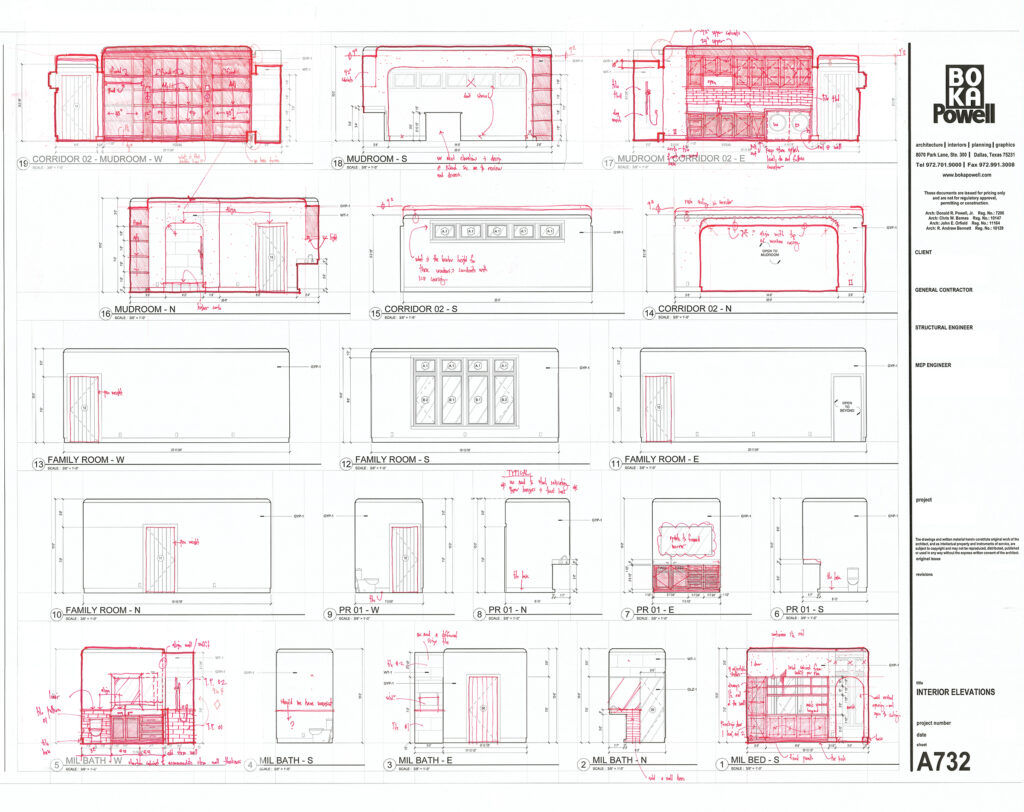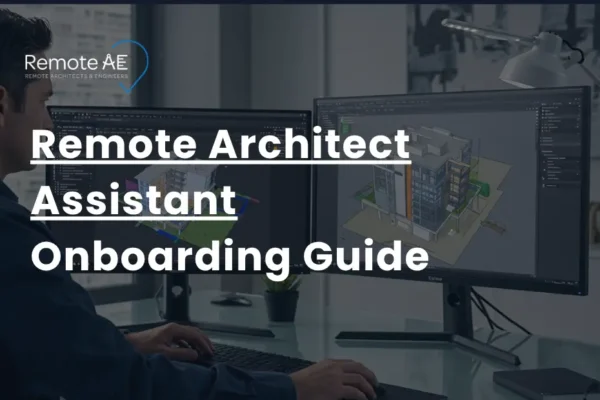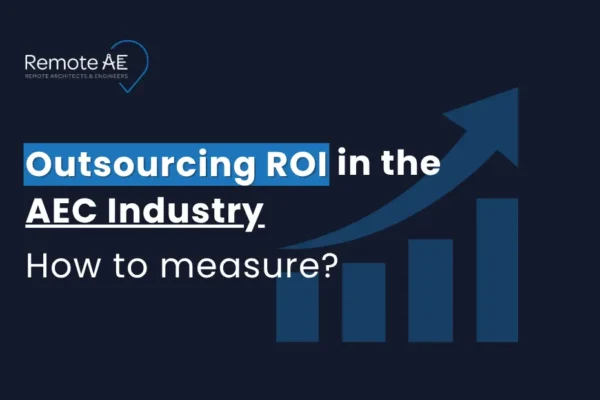
Hiring a Mechanical Engineer Virtual Assistant (VA) gives AEC firms and product design teams fast, affordable access to CAD, FEA, BOM, and HVAC expertise without adding to payroll. Whether you’re a project manager racing against a deadline or a firm principal seeking scalable drafting help, a remote VA can offload tedious work and bring real engineering firepower.
This article walks through what a mechanical engineering VA does, the tools and workflows they use, how hiring works on Remote AE, and how other firms have seen ROI, like slashing drafting time by 30% or shipping prototypes weeks faster.
Let’s break it down.
A mechanical engineering VA can take early concepts and turn them into precise 2D and 3D CAD files.
Tools used:
Tasks include:
Adding red lines from the engineers

Example:
An MEP contractor in Texas offloaded 60+ legacy part drawings to a VA using SolidWorks. The VA cleaned up references, added metadata, and reduced design errors by 40%.
Tip: Need CAD help fast? Use Remote AE’s Virtual Engineering Assistant to start in 48 hours.
VAs can also run FEA simulations to test real-world stress, thermal, or motion conditions, especially useful in early prototyping. A certified VA can run FEA in ANSYS or SolidWorks Simulation, then deliver PDF and native result files.
Typical FEA tasks:
Tools: SolidWorks Simulation, ANSYS Workbench

Example:
A Toronto-based HVAC firm had a VA run bracket stress tests. Instead of waiting a week for in-house engineers, the VA delivered FEA reports in 48 hours, accelerating client sign-off.
Yes, remote engineers can run advanced simulations, more on that in the FAQ.
Your VA can manage the Bill of Materials (BOM) across design cycles. This frees up senior engineers from Excel hell.
Tasks include:
Why it matters:
Inconsistent BOMs are a top cause of procurement delays. A VA can maintain tight control and traceability using tools like PDM Vault or Fusion 360 Manage.
Example:
A product startup saw a 25% drop in BOM-related delays by having its VA handle revisions directly in Autodesk Vault.
Many VAs come with HVAC backgrounds. They can handle:
Tools used:
HAP by Carrier, Trane Trace 3D Plus, Elite Software
Example:
One remote VA helped a U.S. MEP consultant prep load calcs and schedules for a 40,000 sq ft mixed-use building. The consultant submitted sealed drawings two days ahead of the deadline.
Not all VA work is technical. A skilled VA can also manage:
Example:
An independent mechanical engineer offloaded RFIs and BOM change logs to a VA, saving ~6 hours/week. That time was reallocated to high-value design tasks.
Let’s talk numbers.
Typical U.S. mechanical engineer salary: $85,000–$110,000/year (plus 29.7 % average benefit overhead). (U.S. Bureau of Labor Statistics, 2024)
Total annual cost with benefits: $110,000–$143,000/year
Remote VA engineer hourly rate: $10–$15/hour, depending on complexity
Yearly (2040 working hours): $20,400–$30,600 all-inclusive
Rounded average: $25,000–$30,000/year
That’s a 70–80% cost savings.
Example:
A manufacturing firm hired a dedicated VA for $28/hour to handle CAD updates and FEA checks. Annual cost: ~$57,000. Compared to a U.S. hire, they saved approximately $ 60,000 per year.
VAs work from multiple regions—common time zones include UTC+5.5, UTC+8, and UTC-5. With proper overlap, firms can:
Tip: Use Google Calendar’s “Working Hours” feature to ensure smooth collaboration windows.
Here’s a rough formula:
(Total in-house hours saved) × (local hourly rate) – (VA hourly rate × hours used) = ROI
Example:
ROI:
(15 × $60) – (15 × $25) = $525/week
= $27,300/year

Every Virtual Engineering Assistant on Remote AE is vetted for:
Before placement, VAs complete:
Example:
A California-based hardware startup requested a VA with both Inventor and ANSYS experience. Remote AE tested candidates on a stress analysis project and delivered a shortlist within 72 hours.
View the full VA vetting process and what’s included in each test.
Remote AE enforces strict IP protection protocols:
These practices align with NIST CAD file security standards.
To get your VA productive in week one, follow this checklist:
Remote AE provides an onboarding guide customized to your project. Just request it during intake.
Remote VAs plug into your existing design stack.
Common setups include:
File access is role-based. VAs get read/write or comment-only access based on your controls.
Security Tip:
Set permissions at the project folder level, not the global level. Use version-locking features where available.

Smooth collaboration depends on versioning and markup clarity.
Best practices:
Example:
A VA working on a duct layout sent back DWGs with color-coded notes. The lead engineer reviewed changes in Bluebeam Revu and signed off within an hour, no endless email threads.
To keep communication flowing:
Option 1: Daily stand-ups (15 min)
Option 2: Async updates
Example:
A design team in Chicago used async updates. Their VA posted task notes and file links in ClickUp at EOD. It kept projects moving with zero timezone friction.
Look for:
Remote AE checks all this before assigning a VA.
Use cloud storage with file-level permissions:
Pair with version control in PDM or Fusion 360. Never email raw files. Use encryption tools like 7-Zip for added security.
Yes. A qualified mechanical engineering VA can handle both FEA (finite element analysis) and CFD (computational fluid dynamics), depending on their background.
Common tasks include:
Time zone gaps can actually speed up workflows—if handled right.
Two good options:
Tip:
For critical reviews, set up a shared calendar to mark time blocks across zones. Remote AE helps coordinate this during onboarding.
Hiring a Mechanical Engineer Virtual Assistant through Remote AE gives you expert CAD, FEA, BOM, and HVAC support without the hiring risk or overhead. Whether you need a dedicated VA or help on a short-term project, you can scale your team in days, not months.
Looking for a broader talent mix? Explore our virtual engineering assistants hub to add electrical or structural support in the same contract.
Move faster, spend less, and keep your core team focused.
Hire a Mechanical‑Engineer VA today and watch your drafting queue disappear.



